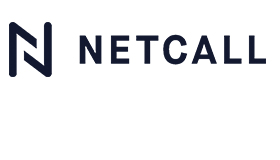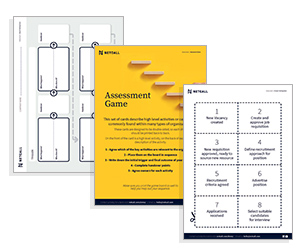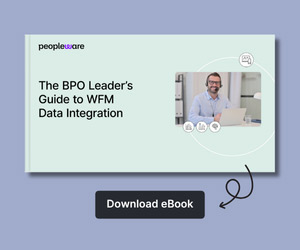Craig Willis at Netcall explores exactly why your processes are key to successful risk and compliance management. Plus we’ll review what type of tools and software will help you with your risk and compliance management.
Are you looking for risk and compliance tools or software for your organisation? Keeping your processes healthy and efficient will greatly improve your governance and risk management.
What is Risk and Compliance & How to Manage it
Risk and compliance management are critical aspects of any organisation, regardless of size or industry – but they are two slightly different things.
Risk is the chance that something bad will happen, affecting an organisation’s goals. Compliance means following laws, rules and standards that relate to how the organisation operates.
Managing risk involves identifying potential risks and developing strategies to mitigate them. This can involve conducting risk assessments, implementing risk controls and monitoring and reviewing risk regularly. Effective risk management can help organisations avoid financial losses, reputational damage and legal issues.
Compliance management is equally important, as non-compliance can result in hefty fines, legal penalties and reputational damage.
Organisations must make sure they follow their legal and regulatory obligations. They should also meet relevant industry standards and codes of practice.
The specific examples mentioned in the introduction are important to consider. You’re focusing on identifying and assessing compliance risks, establishing compliance policies and procedures and ensuring that employees are aware of and adhere to these policies.
Effective risk and compliance management requires a proactive approach that is integrated into an organisation’s overall business process.
It involves ongoing monitoring and review, as well as continuous improvement to ensure that the organisation remains resilient and compliant in the face of changing risks and regulations – especially because they change often.
Historically, companies that are paying attention to and prioritising risk and compliance management are better positioned to protect their business, reputation and stakeholders’ interests.
How Process Management Software Helps With Risk and Compliance
Process management software is a game-changer for organisations managing their risks and complying with regulatory requirements.
This type of software is designed to streamline and automate processes, enabling businesses to effectively manage their operational workflows and reduce errors that can result in non-compliance.
One of the ways that process management software helps with risk management is by providing real-time visibility into workflows by access to dashboards and process data.
With this type of software, teams can effectively monitor numerical metrics such as key performance indicators (KPIs) and track progress toward goals and objectives.
By tracking this data, businesses can find potential risks. They can then take steps to reduce these risks and lower the chance of non-compliance.
Moreover, process management software provides businesses with powerful tools to help them stay compliant with regulations.
These tools include powerful audit trails that can be used to track changes to workflows and processes, ensuring that all modifications are authorised and properly documented.
Finding the Right Tools or Software For Risk and Compliance is Key
At the end of the day, it is clear that it is crucial for organisations to have a clear and well-defined set of processes in place for effective risk and compliance management.
Processes are the foundation of any successful business, as they ensure that various tasks are carried out in an organised and efficient manner.
From operational processes to compliance-related requirements, each aspect of the organisation’s functions hinges on a structured system.
The lack of clearly defined processes can lead to chaos, inefficiencies, and risks that can have severe consequences, including compliance breaches, legal penalties, and damaged reputation.
In contrast, well-designed processes can improve the overall performance of the organisation by streamlining workflows, enhancing communication, and increasing customer satisfaction.
Process management enables organisations to maintain compliance with regulatory requirements. Through process mapping, compliance-related tasks are identified, documented, and tracked to ensure they are carried out consistently and appropriately. This can prevent costly errors and streamline reporting requirements.
This blog post has been re-published by kind permission of Netcall – View the Original Article
For more information about Netcall - visit the Netcall Website
Call Centre Helper is not responsible for the content of these guest blog posts. The opinions expressed in this article are those of the author, and do not necessarily reflect those of Call Centre Helper.
Author: Netcall
Reviewed by: Jo Robinson
Published On: 25th Sep 2025 - Last modified: 24th Nov 2025
Read more about - Guest Blogs, Netcall






 Netcall is trusted by organisations worldwide, with 9 out of 10 customers ready to recommend us. With Liberty Converse CX, you can streamline operations, enhance customer engagement, and achieve real, measurable results.
Netcall is trusted by organisations worldwide, with 9 out of 10 customers ready to recommend us. With Liberty Converse CX, you can streamline operations, enhance customer engagement, and achieve real, measurable results. 
































